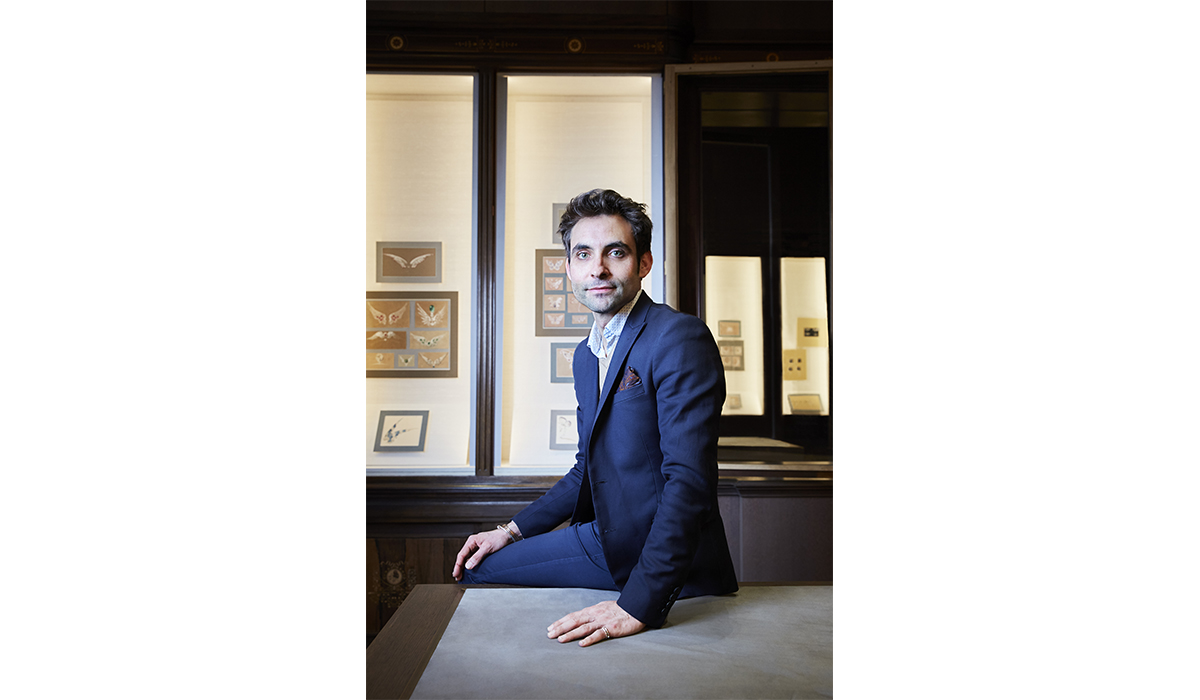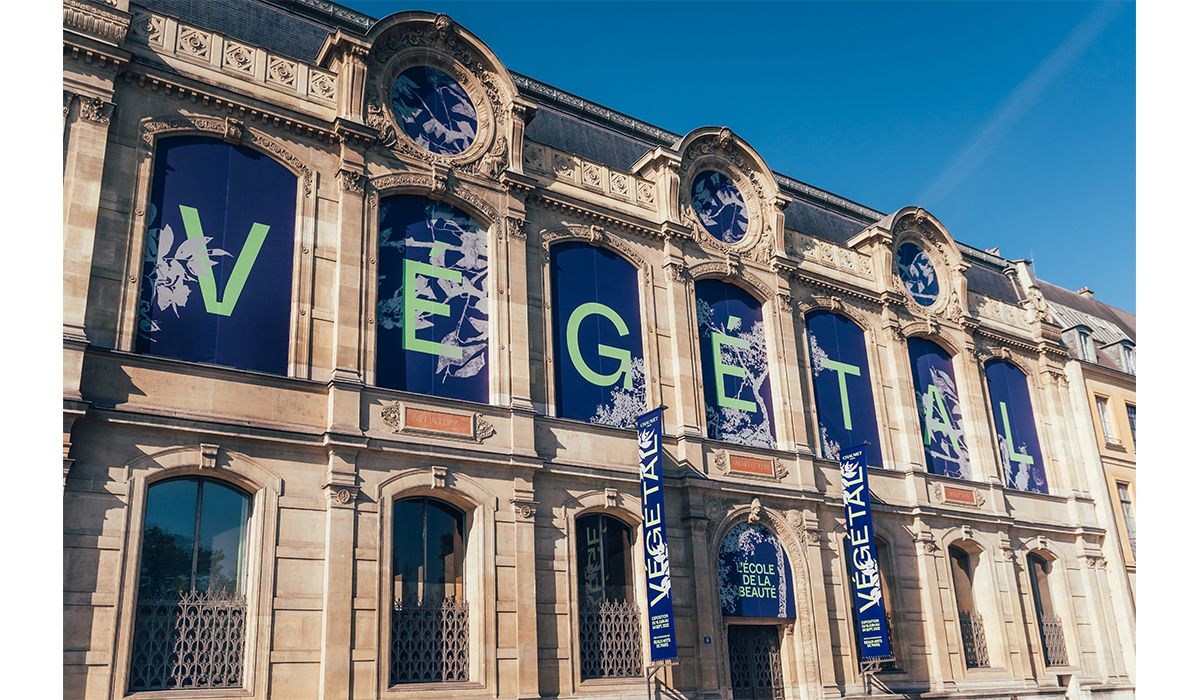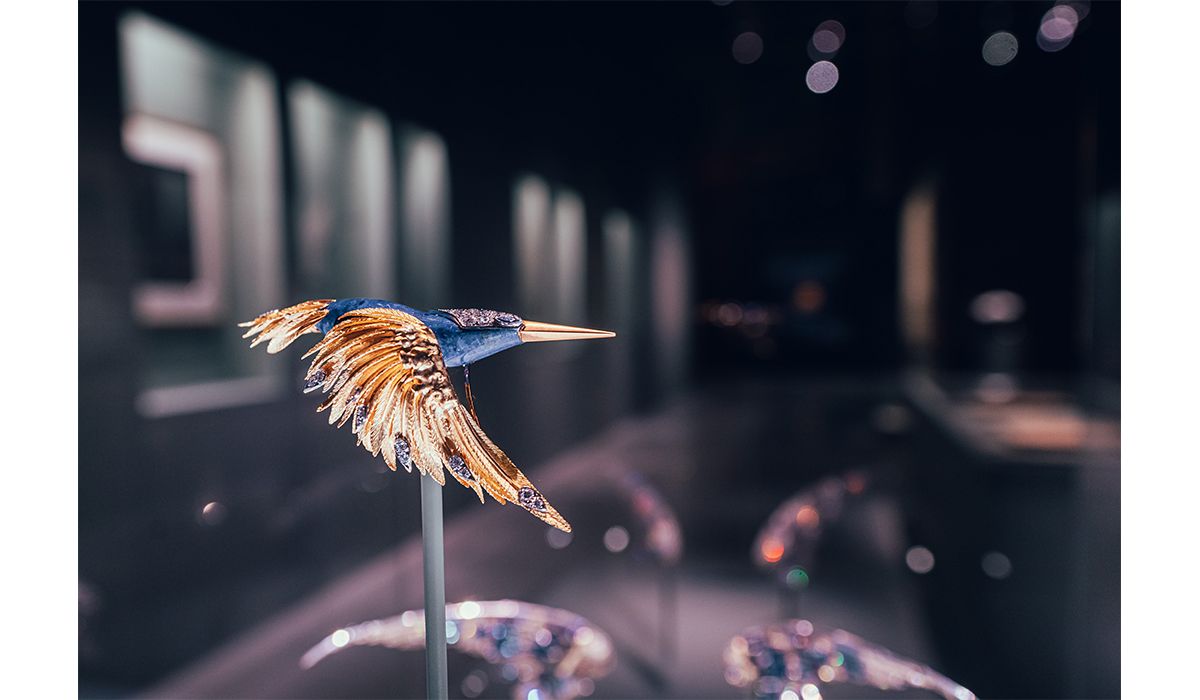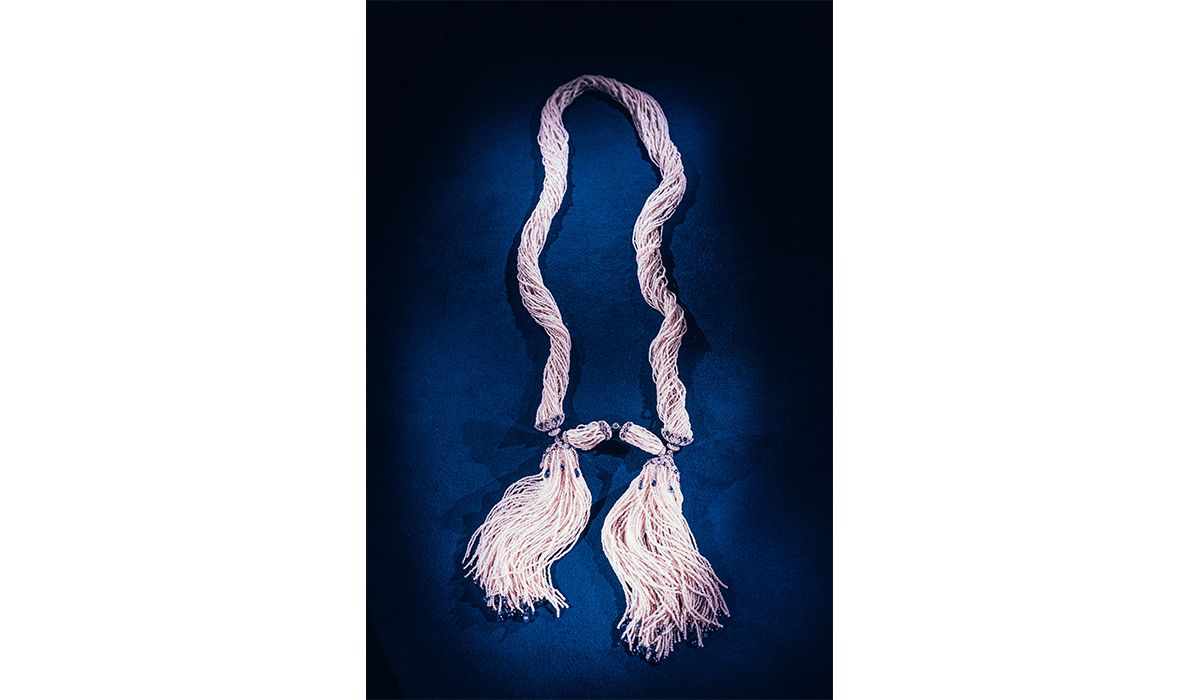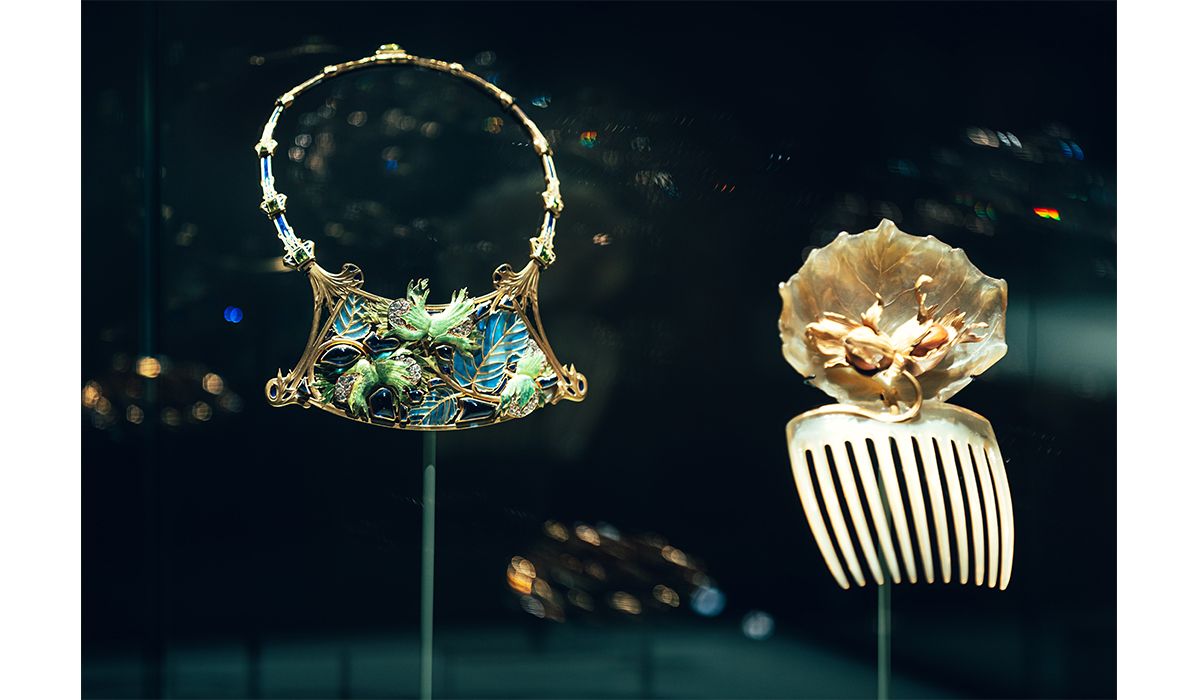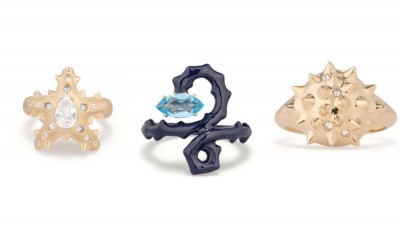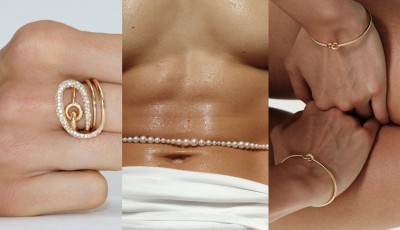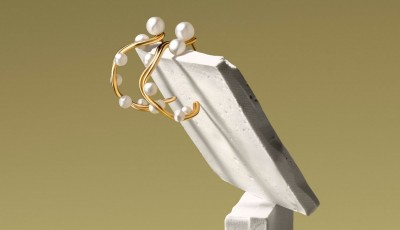Nature Teaches
From botanist to the curator of Chaumet's "Végétale. L'école de la Beauté" exhibition at Les Beaux-Arts de Paris. This is Marc Jeanson path
«With the “Végétale. L'école de la Beauté” exhibition, I wanted to applaud the splendor of plants and the way they have always inspired artists, craftsmen, jewelers and scientists in order to give them back their rightful importance, question the barriers we create between science and art, and defend the idea that beauty is everywhere, as long as we know how to see it and observe it. Chaumet was the DNA of the project, which even so, cannot be bluntly defined as a jewelry exhibition because we have built something that goes far beyond the rigorous universe of precious objects. First and foremost, I fished out drawings, photos, nickel silver and jewelry from the historical company’s archives with the intention of observing how plant structures and morphologies were so precisely transposed. A rather fascinating process, which made me reflect on the many plant species that have become a source of inspiration for great master goldsmiths. Let's be clear: over the centuries, haute joaillerie has also drawn from other “universes” but what is unique and impressive is the savoir-faire and the skill with which the various companies, and Chaumet in particular, have been able to develop techniques to transform leaves, twigs, tendrils, flowers and details of all kinds into goldsmith masterpieces. Being the botanist that I am, I like to point out that botanists work mainly on herbarium specimens, which are flat, dried and generally colorless, while craftsmen and artists have always used different techniques and materials, such as wax, papier-mâché, glass, textiles, etc... In this context, a piece such as the Hydrangea brooch, for example, could be seen as an extremely luxurious botanical model. Widening our gaze to the rest of the high-end scene, there are other companies that have stood out in this particular field: I would mention Boucheron’s incredible thistle leaf whose astonishing rendering, to say the least, almost seems to dialogue with the leaves designed in the 19th century by Eugène Delacroix. Vever's pieces depicting a chrysanthemum “devant de corsage” are also extraordinary, as are Lalique's hazelnut comb and Tiffany & Co.'s enameled orchid brooches. Chaumet's specificity, however, lies in the fact that rigor in botanical representation permeated a large part of its production, which was, is and always will be its absolute trademark.»


